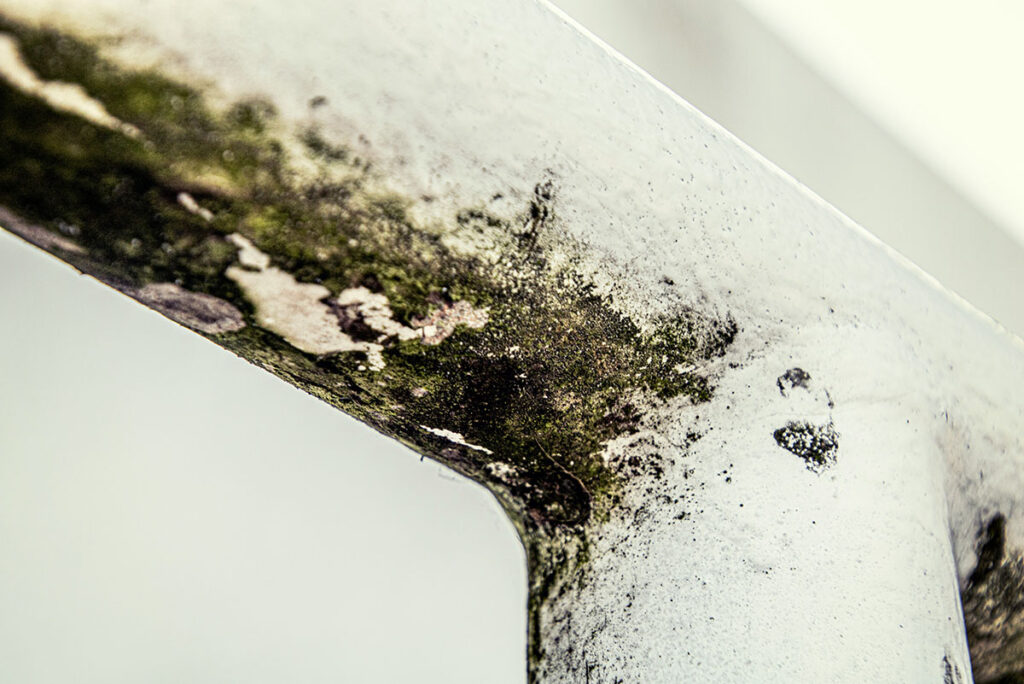ISO 16000-8 Determination of Mold Spores in Indoor Air
The determination of mold spores in indoor air is a critical aspect of ensuring occupant health and comfort within buildings. Mold spores are ubiquitous in the environment; however, their presence indoors can lead to various health issues such as respiratory problems, allergies, and asthma exacerbations. The ISO 16000-8 standard provides a robust methodology for quantifying these mold spores using an impinger sampler and subsequent analysis.
The process begins with the collection of air samples over a defined period in a controlled manner to ensure accurate representation of the indoor environment. The collected samples are then processed through an impinger containing dilution liquid, where the spores settle out. This method ensures that the sample remains stable and viable for subsequent analysis.
Post-sample collection, the settled mold spores are analyzed using a suitable microscopy technique such as phase contrast microscopy or scanning electron microscopy (SEM). These techniques allow for accurate identification and counting of mold spore types present in the air sample. The results provide insight into potential sources of indoor mold growth and help identify areas requiring remediation.
The ISO 16000-8 standard specifies a series of thresholds that can be used to categorize airborne mold levels, which are essential for developing effective control strategies. These thresholds serve as benchmarks against which the results from individual samples can be compared. Compliance with these guidelines is crucial for maintaining indoor air quality standards and promoting occupant health.
Understanding the distribution of different spore types in an environment helps in identifying specific sources of mold contamination, such as building materials or outdoor influences. This information is invaluable for developing targeted remediation plans that address the root causes of indoor mold issues effectively.
Why Choose This Test
The ISO 16000-8 test offers several advantages over other methods, making it an indispensable tool for quality managers and compliance officers alike. Firstly, the standard provides a consistent and reproducible method of measuring mold spores in indoor air, ensuring accurate and reliable data across multiple samples.
- Consistency: The impinger sampler used in ISO 16000-8 ensures uniform sampling conditions that are critical for comparing results between different environments or over time.
- Accuracy: Microscopy techniques employed allow precise identification and counting of spores, reducing the risk of misclassification and ensuring accurate reporting.
- Compliance: Adherence to international standards is essential for maintaining regulatory compliance. ISO 16000-8 supports organizations in meeting these requirements without ambiguity.
R&D engineers benefit from this test by gaining insights into the effectiveness of various materials and treatments aimed at reducing indoor mold growth. For procurement teams, understanding the potential sources of mold can aid in selecting suppliers who adhere to stringent quality control practices.
Customer Impact and Satisfaction
The ISO 16000-8 test plays a pivotal role in enhancing customer satisfaction by ensuring that indoor environments are safe and healthy. By identifying and addressing mold issues early, businesses can prevent costly repairs and health complaints from their clientele or employees.
For quality managers and compliance officers, the ability to demonstrate adherence to international standards like ISO 16000-8 instills confidence in customers about the quality of services provided. This not only builds trust but also enhances brand reputation.
From an R&D perspective, understanding mold spore distribution allows for the continuous improvement of building materials and designs, leading to more resilient structures against mold growth. Procurement teams can leverage this data to source products that meet stringent quality benchmarks, further enhancing overall product performance.
Competitive Advantage and Market Impact
- Premier Quality Assurance: By offering ISO 16000-8 testing services, laboratories can position themselves as leaders in indoor air quality management. This expertise provides a competitive edge, especially among organizations seeking to maintain high standards of health and safety.
- Regulatory Compliance: Adhering to international standards ensures that businesses are prepared for regulatory changes and inspections. Demonstrating compliance can attract new clients looking for reliable partners in quality assurance.
- Innovation Facilitation: Understanding mold spore distribution facilitates innovation in building materials and technologies aimed at reducing indoor mold growth. This knowledge is crucial for R&D teams striving to develop cutting-edge solutions.





